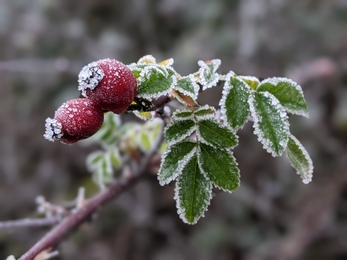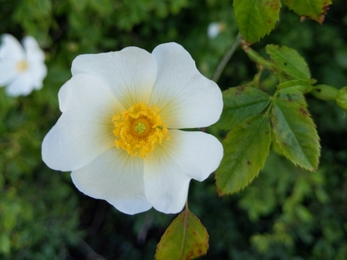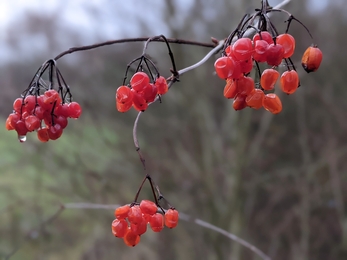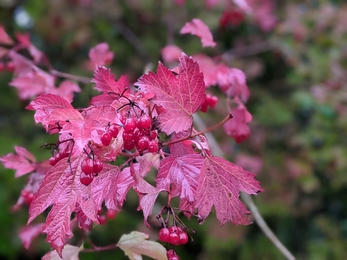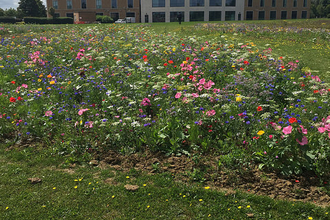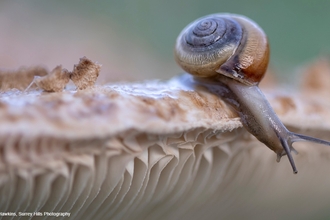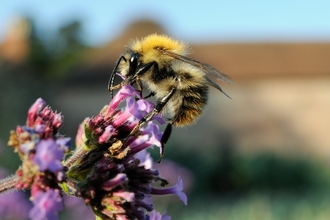Berries for the birds
Image by Margaret Holland
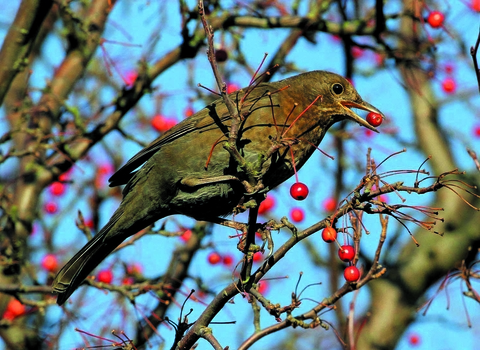
Image by Margaret Holland
Interesting facts about fruits
- Fruits are a method of seed dispersal. The seeds are covered in an edible pulp which attracts animals to eat them. The seeds pass through the animal and are deposited away from competition with the parent plant and with a handy bit of fertiliser!
- Fruit colours are caused by pigments that contain anti-oxidents to help preserve the fruit on the plant
- Berries change colour to make the fruit stand out and to signal that it is ripe
- Pomology is the scientific study of fruit
How to identify some common native berries
Blackthorn
Blackthorn is a very common hedgerow plant that is one of the earliest in flower in the spring. It has dark bark, and small oval leaves with a toothed edge. The berries are called sloes and are smooth, fat and round with a very short stalk. They turn from green to purple in late summer. Some people collect the berries to use in slow gin, but please take care as the thorns on this plant can cause significant injury (swelling and infection). Please remember to always get permission from the landowner before foraging (we like to leave berries for the birds on our nature reserves).
Hawthorn
Hawthorn is another very common hedgerow plant with beautiful creamy white flowers in May. Their leaves are roughly ovoid (wider at the base) and are deeply lobed. The berries, called haws, are red with a long stalk that make them dangle. In our area, you can sometimes also find midland hawthorn which has two seeds inside each berry rather than one, and leaves which are less divided.
Wild rose
There are a few different types of wild rose which are very hard to tell apart. They are all scrambling plants with hooked thorns. The most common in our area are dog rose (with a more robust woody stem and pink or white flowers) and field rose (with more bendy green stems and white flowers). The berries are called hips and are large, oval, smooth, shiny and red.
Guelder rose
Guelder rose has three-lobed wide leaves which turn a vibrant red in autumn. The berries are a beautiful slightly translucent shiny red, and hang in dangly clusters. In spring the white flowers are grouped together in upright circular flat clusters. The outer flowers are bigger but sterile.
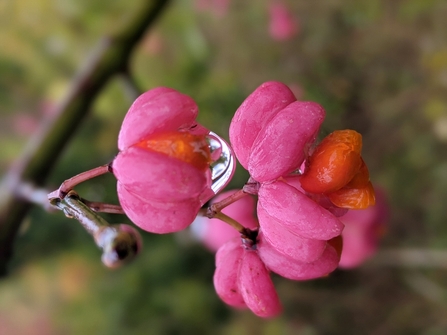
Credit: Rebecca Neal
Spindle
Spindle leaves are elliptical and the flowers are small, but it is easy to identify in autumn because it has amazing four-lobed pink fruits, which open to reveal a bright orange seed.
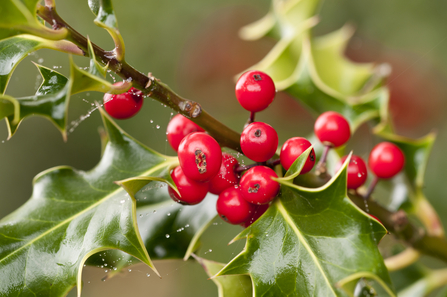
Photo by Ross Hoddinott/2020Vision
Holly
Holly leaves are distinctive because they are evergreen, glossy and have sharp edges. The leaves higher up the tree are less spiky as they are less likely to be eaten by herbivores. Holly is dioecious which means there are separate male and female trees. The flowers look quite similar, but only the female trees produce fruits. Holly berries are red.
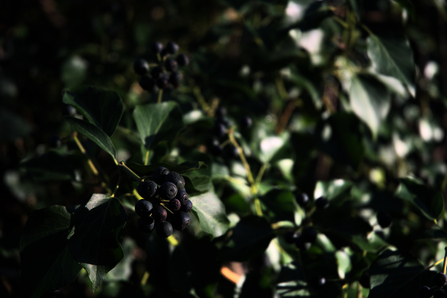
Ivy berries by Sian Williams
Ivy
Ivy is a really important plant for wildlife. It provides hiding places for birds, bats and invertebrates and flowers in the autumn so provides late nectar for pollinators. The fruits are in spherical clusters and start green, then go black when they are ripe. The fruits are nutritious and are a favourite for many birds including woodpigeons (it can be amusing to watch these heavy birds try to reach them!)
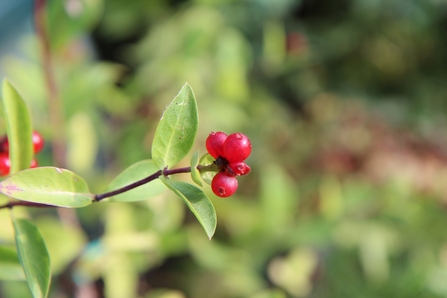
Honeysuckle
Honeysuckle is one of my favourite plants and there is nothing better than walking on a warm summer evening, and catching a waft of its scent. It is a climbing plant so can be found twisting around trees and bushes in hedgerows and woodlands. The berries are red and found in a tight cluster in autumn.
Gardening for wildlife
You can make your garden better for wildlife by adding plants that produce fruit. The native plants mentioned above are great, (there is also, rowen, dogwood and elder that produce bird-tasty berries), and fruit trees like bird cherry and crab apple. Some non-native plants include pyrocantha, privet (if allowed to flower) and snowberry.








